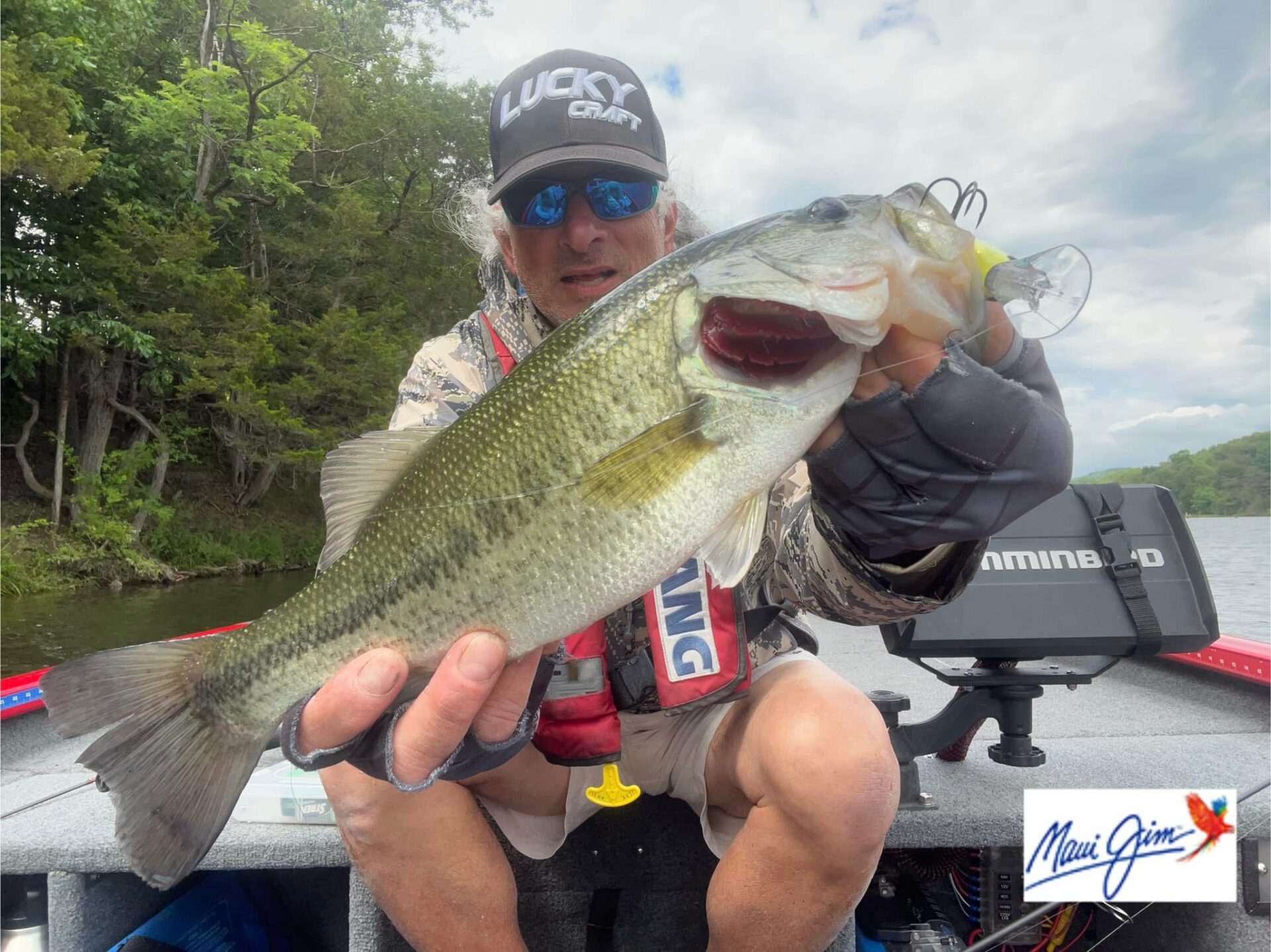Local biologists know how many fish there are and where they are but can’t help you catch them.
Maryland’s Department of Natural Resources and Virginia’s Department of Wildlife Resources monitor the Tidal Potomac River black bass population using electrofishing to sample the population. Maryland samples in the fall. Virginia conducts surveys in the spring into early summer.
From all accounts, tidal Potomac largemouth bass numbers are looking good from both jurisdictions. By the numbers, Maryland is reporting the highest catch rates since 2012. Even juvenile bass captured were above average with growth indices normal. The surprising number is that annual mortality tended to be lower than average, suggesting good spawns and survivorship. Based on this data, Maryland rated the status of the Potomac as good.
Virginia is also reporting the best surveys they’ve seen in years. Sampling only from Potomac River creeks in Virginia, the numbers from April and May have been very positive.
Virginia DWR District biologist John Odenkirk says relative abundance on the tidal Potomac may be the best they’ve seen in years. However, data is again backing what anglers are reporting that bigger fish are harder to come by.
Odenkirk says while bass samples showed abundance was excellent, RSD (relative stock density) is significantly lower than last year, but not significantly different than most years and totally in line with historical data. RSD is a measure (proportion) of all adult bass that are also 15” or greater and can be influenced by large year classes moving to the “preferred” size range (15”+) or a large pool of younger adult fish below that size (12-15”). “Nothing to lose sleep over for sure!”
Likewise in Maryland, abundance of 15” and larger largemouth bass are down. Analyzing 15”+ bass numbers show a decline from the 2017 peak; however, the population has been relatively stable with a slight decline or statistically stable. This data varies from creek to creek.
MD DNR Tidal Black Bass Manager Ryan Gary says this analysis provides a good general picture that the abundance of 15+ inch bass has remained relatively stable since 2018. Biologists typically monitor fisheries by assessing fish abundance and size over time, providing valuable insights into the health of a fishery from a historical perspective.
While Virginia’s bass surveys have been ongoing since 2004 with the introduction of northern snakeheads, Maryland’s surveys date back to the early 1990s. Both standardize electrofishing samples to track abundance, size, and weight of bass to allow comparisons for survey years to understand whether a fishery is declining, improving, or remaining status quo.
Potomac fishing continues to thrive as noted by scheduled Bassmaster and Major League Fishing tournaments. Fish care continues to be a tournament organization focus, especially during hotter days.
Statistically, 20%-50% of tournament fish are subject to delayed mortality. These are bigger fish as tournament anglers bring in their larger fish. Bigger fish are not easily replaced with younger classes. Perhaps anglers should take this new data as a wakeup call to realize they’re responsible for the future of fisheries.
Author Capt. Steve Chaconas is Potomac bass fishing guide & freelance writer. Potomac River reports: nationalbass.com. YouTube video channel NationalBassGuide.



